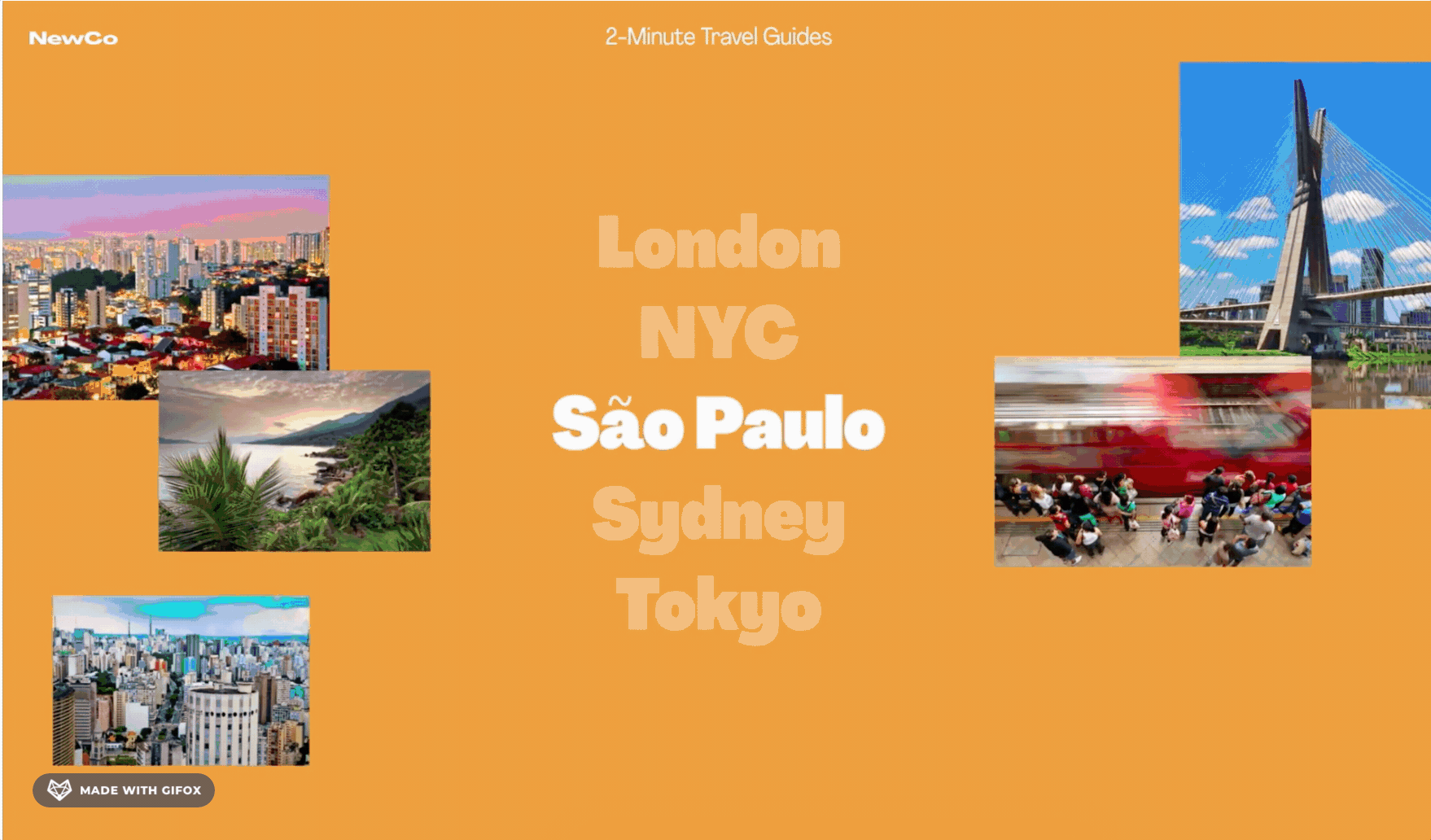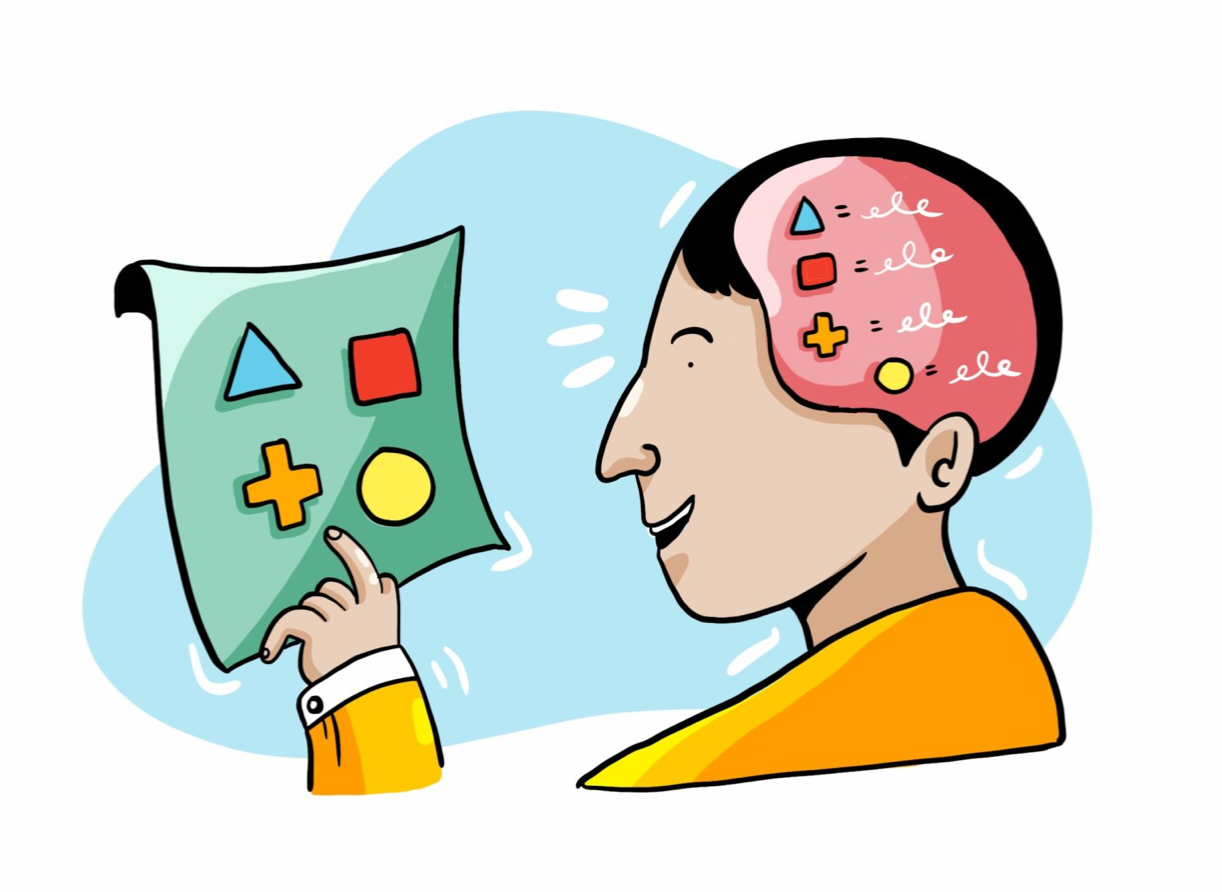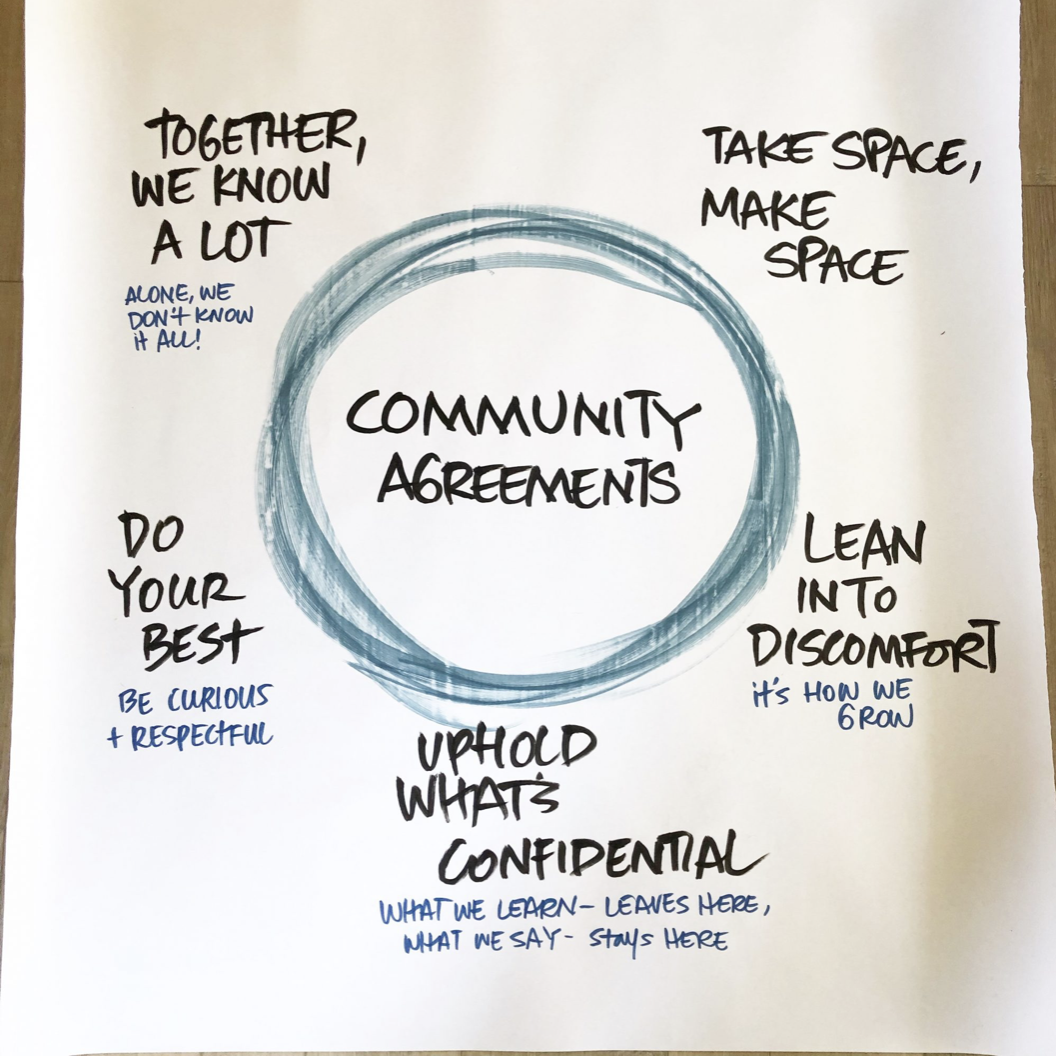10 Types of Visual Aids for Biased Conversations
Quick Summary:
What do we do when someone is stuck in only one way of thinking and doesn’t seem to be budging? You use those amazing coaching skills like asking questions, listening and reflecting their words back to them. Did you know that there are 10 visuals aids that you can weave throughout your process they will make those skills work even better!? They all have a lot to do with empathy and seeing someone else’s point of view.
This will take around 5 minutes to read
Let’s dive right into these visual aids for biased conversations…
Explainer Video
An explainer video is great for showing how something works when you can’t really create a walkthrough or demonstration. It can be as simple as acting out the subject matter or showing an example analogy and as complex as hiring an animator to illustrate the topic for you (like the example below on racial disparities in society)
Space
This visual aid helps you make your topic less overwhelming and more likely to be accepted. Space does this by simplifying what is on a slide or post into clear visuals and few words with lots of literal space around the visual doe the eye to rest. You can create space with margins and by breaking content up into shapes, bullets, etc. Learn more about space in this article about visual breath and anxiety.
ANALOGY
Using a story or process that people already know to explain a complex topic is absolute visual gold! It helps people really play the whole idea from start to finish and ask educated questions about your topic using the analogy as a guide. The example below, The Pumpkin Plan by Mike Michalowicz uses the analogy of prized pumpkins to explain the complex and often emotionally biased topic of niching down your business offerings.
DEMONSTRATIONS
Often people just need to see how something is made/done. When your topic includes clear steps and actions then a demonstration is a great fit. You can craft your demonstration into a video, animated GIF or screen share on a meeting. The example below from Ceros is a demonstration of how their software works for the sales page.
Sequence Art
Sequence art is the still version of an explainer video. You can create something simple like a three-part sequence (ie: a comic strip) to show a before, during and after, or as complex as a storyboard which shows scenes from the whole story (or explanation). This is best used when you are storytelling, showing the journey or history of something or explaining the impact (like the impact of your amazing coaching services!).
MNEMONIC DEVICES
Mnemonic Devices are usually thought of as word tricks to help you remember something. They can also come in the form of concept art - which takes an analogy or common phrase and turns it into memorable art. In the example below we see a mnemonic device concept art for the concept of mnemonic devices… meta.
Image by ImageThink
MANTRAS & QUOTES
Creating a graphic or illustration of a quote, saying or mantra simplifies your subject matter, makes it easier to share with others and helps your clients remember what you’re saying.
Image by Oh Happy Dani
AGREEMENTS & GUIDES
Creating agreements at the beginning of a group program helps everyone work on the same page. It’s an activity that can turn into a visual after - and I recommend putting those agreements somewhere visual whether it’s on the first slide of each session’s presentation or sent to the members directly for easy access.
Image by Sam Bradd
REPRESENTATION
The more people see something, the more common it becomes and the more comfortable they feel with the concept. Showing people something more than once and in multiple forms is a great reminder of what is possible. I love the example below of a Black fetus by Chidiebere Ibe. Not only is it beautiful but is a powerful reminder that we don’t see this often (if ever) and allows us to stop and ask why so we can make changes in the healthcare industry.
Image by Chidiebere Ibe
REAL WORLD EXAMPLES
The ultimate way to discuss a biased topic is to show a lot of real world examples. The concept of parenting can often be an emotional and touchy subject so I love how Dr. Laura uses video below to show the examples of what a child can do when they are not feeling well rather than telling people what to do. It gives a clear idea of what this could look like and whether it would work in your unique situation. Video is the best form for real-world examples as is sending links to online examples.
Wondering which one to use?
Come join us in the O.I.C., a membership to help leaders like you see things more clearly, whether that’s untangling ideas, communicating complicated topics, or connecting with someone who thinks differently from you.
Have questions about this article? Leave a comment below or email me at laura@illustrative.us.
AUTHOR | LAURA MATTESON
Laura is a neurodivergent artist, mother, wife, founder of Illustrative with fancy drawing skills and a huge bucket-full of hope and love for humanity.












